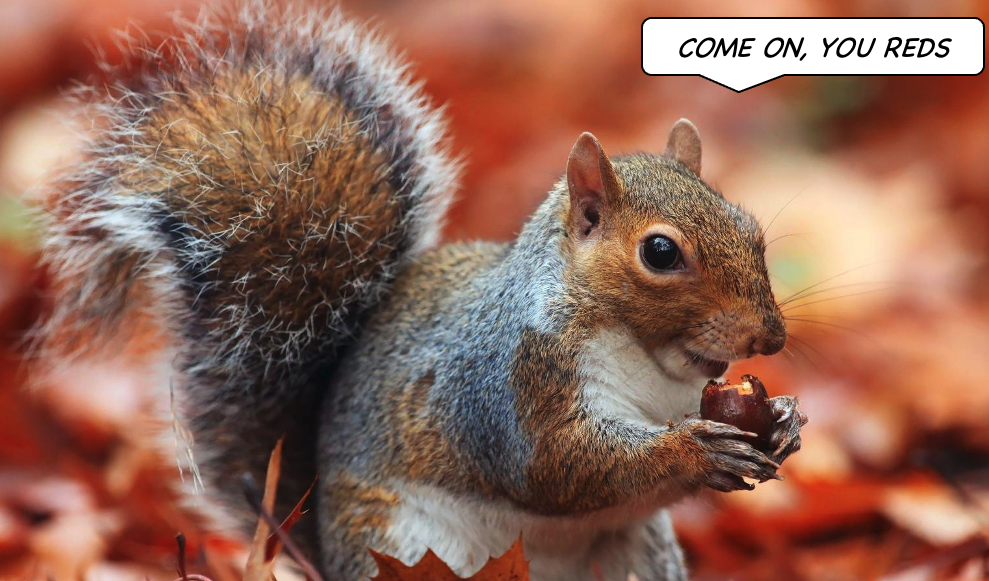Intersectionality
|
Touchy topics addressed through the prism of squirrels™
|
Intersectionality
/ˌɪntə(ː)ˈsɛkʃənælɪti/ (n.)
The interconnectedness of categorisations within a population as they apply to a given individual or group, particularly insofar as they overlap or intersect to create interdependent systems of discrimination or privilege.
The term “intersectionality” was coined by Kimberlé Crenshaw and is an important analytical framework within critical theory for understanding how aspects of a person’s social and political identities combine to create different modes of discrimination or privilege in that person’s community.
Now far be it from the JC to wade into these roiling waters: he’s seen his 23andme profile, and it’s irredeemable — but, being a contrarian, he did want to play around with spreadsheets a little bit and think about Venn diagrams.
This being an intellectual inquiry rather than a political one, let’s visit our favourite local population of squirrels.
In the North London squirrel community (for the sake of this argument) squirrels can be mapped to four binary, but overlapping classifications: fur colour (grey or red); nut preference (acorns or chestnuts); tail fluffiness (bouffant or ratty) and community position (senior or junior).
In each case there is an in-group (where possessing this quality is an advantage) and an out-group (where possessing the quality is perceived as a disadvantage. In most cases this maps to minorityship; nut preference is distributed evenly, but chestnut-loving squirrels are generally accepted to be disadvantaged in their foraging potential since chestnuts are heavier. The dominant squirrel is young grey, bouffant, and acorn-loving.
The categories break down as follows:
| In group | Out group | |
|---|---|---|
| Nut preference
In: Acorn; Out: Chestnut |
||
| Fur colour
In: Grey; Out: Red |
||
| Tail fluffiness
In: Bouffant; Out: Ratty |
||
| Community position
In: Senior; Out: Junior |
||
| Portion sharing all group properties | ||
| Portion sharing at least one group property |
The group properties provide interesting colour. Just 16% of the total squirrels meet all the in-group criteria to qualify as fully dominant squirrels; but only 0.006% — fewer than one in 15,000 squirrels — have none of the in-group criteria, and therefore suffers maximal intersectional disadvantage. That leaves almost 84% of the population being a member of at least one of the out-groups, so having some kind of disadvantage, and almost all of them (99.994%) having at least one in-group membership.
An individual squirrel’s group membership can be relevant in (at least) two situations: when the squirrel enjoys a benefit, and when it suffers a disadvantage. The temptation is to attribute an benefit to in-group membership; and a disadvantage to out-group membership: the converse (that, in essence, a social minorityship would deliver a benefit over those in the majority, or vice versa) seems intuitively wrong.
Now if we attribute a misfortune to out-group membership, but a fortune to in group membership.
